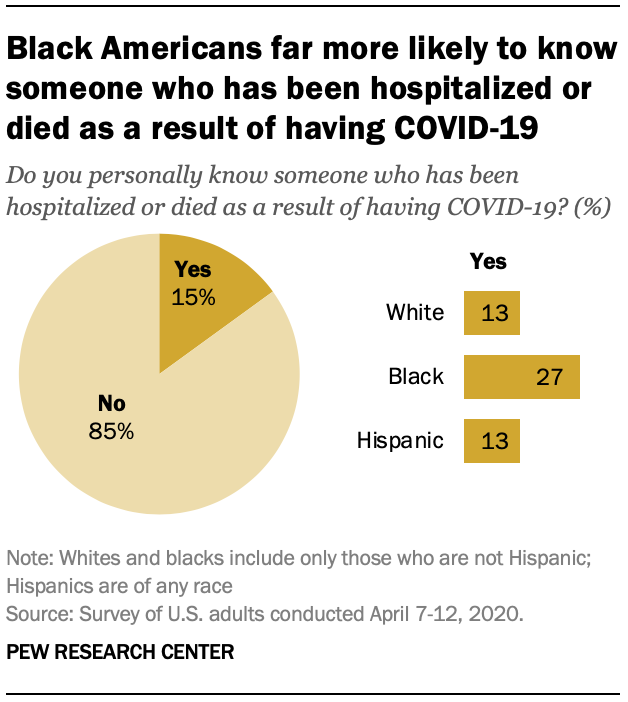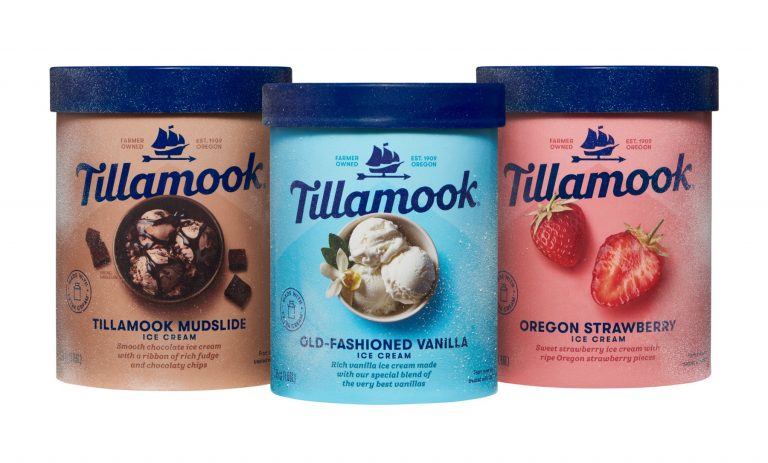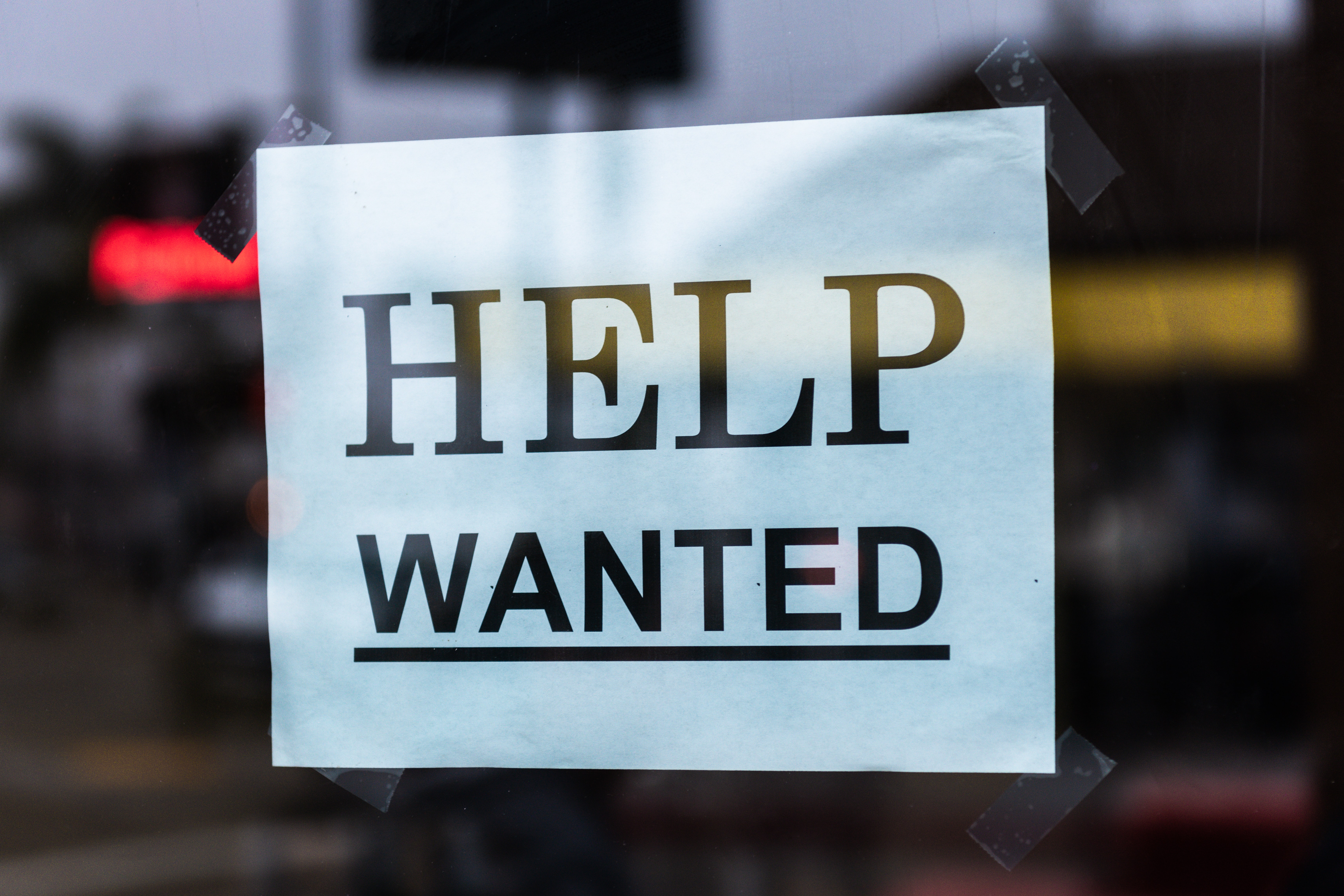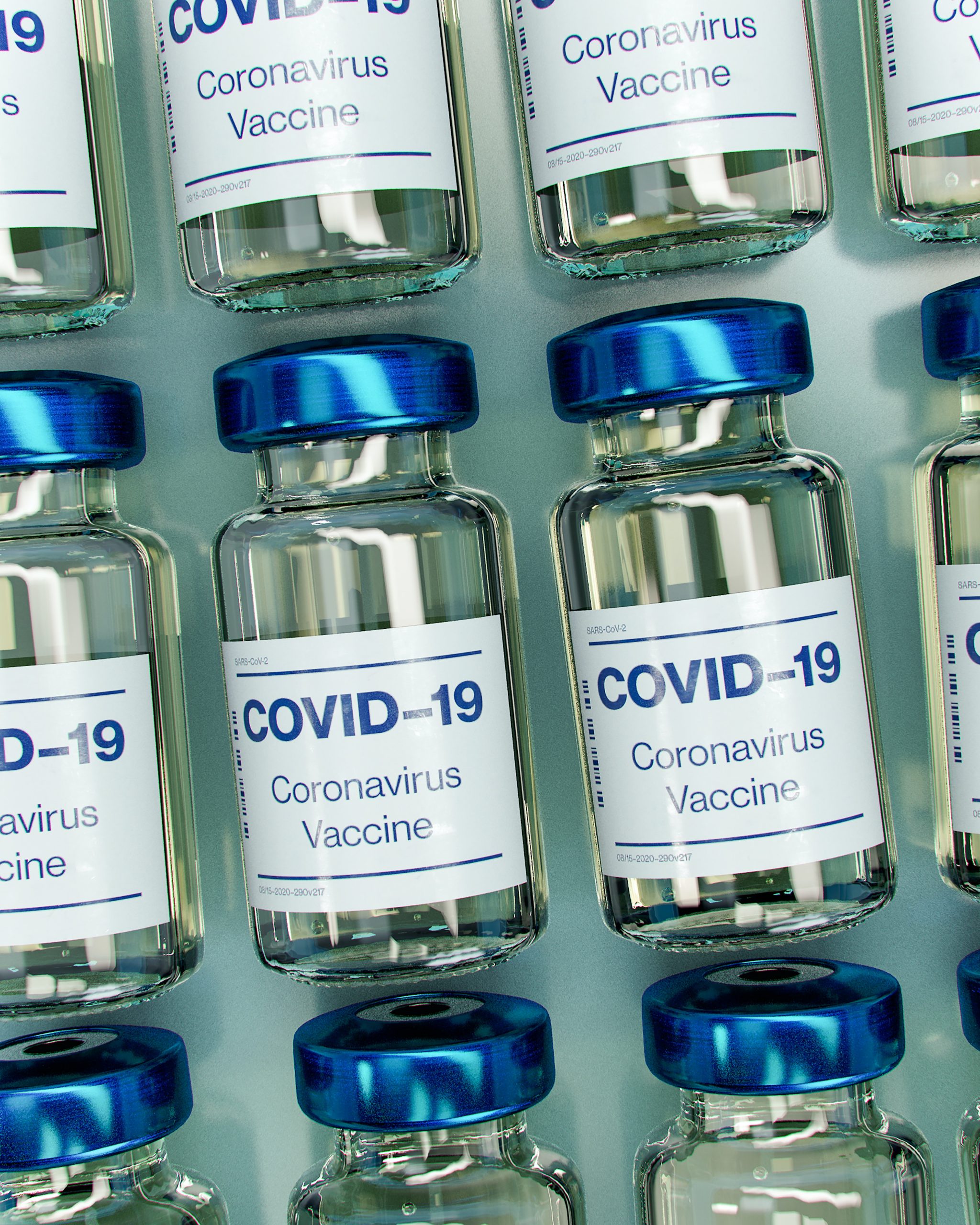Coronavirus in Communities of Color

The impact of the coronavirus in the United State is producing a devastating trend: people of color are infected with and are dying from coronavirus at a disproportionally higher rate. In Chicago, African Americans are 30% of the population. However, African Americans account for 50% of those who have tested positive for COVID-19 in Chicago and account for three quarters of Chicago’s COVID-19 deaths. Similarly, Johns Hopkins reports that in Milwaukee, Wisconsin, African Americans are 26% of the population, but account for 70% of the region’s deaths due to the coronavirus. The Pew Research Center reports 27% of African American adults personally know someone that has been infected by the virus. This statistic is double that found for White and Hispanic adults, which were each at 13%.
Communities of Latinx/Hispanic and Native American descent are also adversely impacted by COVID-19. Communities of color face several socio-economic disparities that increase their risk for COVID-19. In the Johns Hopkins report, they note several of these key high-risk factors such as crowded living conditions and chronic health conditions. Communities of color historically have multi-generational households. According to Sherita Golden, M.D., M.H.S, “It is difficult for 10 individuals living in a three-room apartment to appropriately social distance.” This is a blunt realization that many households are faced with; it is difficult to contain the spread of coronavirus in a household where family members have no choice in the sharing of common spaces. As a result, in situations where one family member has contracted COVID-19, health officials recommend the entire family quarantines.
Chronic health conditions have been a major concern among health officials. The Center for Disease Control reported that 89.3% of those diagnosed with coronavirus had an underlying, pre-existing conditions such as lung disease and diabetes. According to the American Heart Association, African Americans are more likely to have diabetes than non-Hispanic whites and over 77% of African American women are obese. To combat these disparities, Johns Hopkins researchers propose targeted messaging that reaches at-risk communities and promotes both health & wellness and social distancing. It is imperative that at-risk communities are informed of their pre-disposed risk, so they make take additional safety measures.
Discussion Questions:
- Define moral hazard. Discuss the impact of moral hazard on costs in the healthcare industry and how this is related to the coronavirus pandemic.
- Predict the impact of COVID-19 on communities of color in the presence of the racial disparities discussed in this article.
Sources: Johns Hopkins Medicine “Coronavirus in African Americans and Other People of Color” by Sherita Hill Golden, M.D., M.H.S.; Pew Research Center “Health Concerns From COVID-19 Much Higher Among Hispanics and Blacks Than Whites”; American Heart Association “African Americans and Heart Disease, Stroke.”













